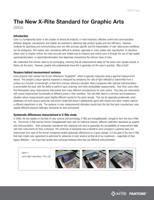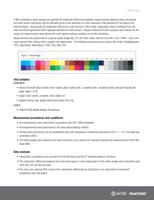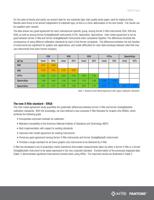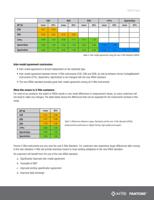Page 2 of 5
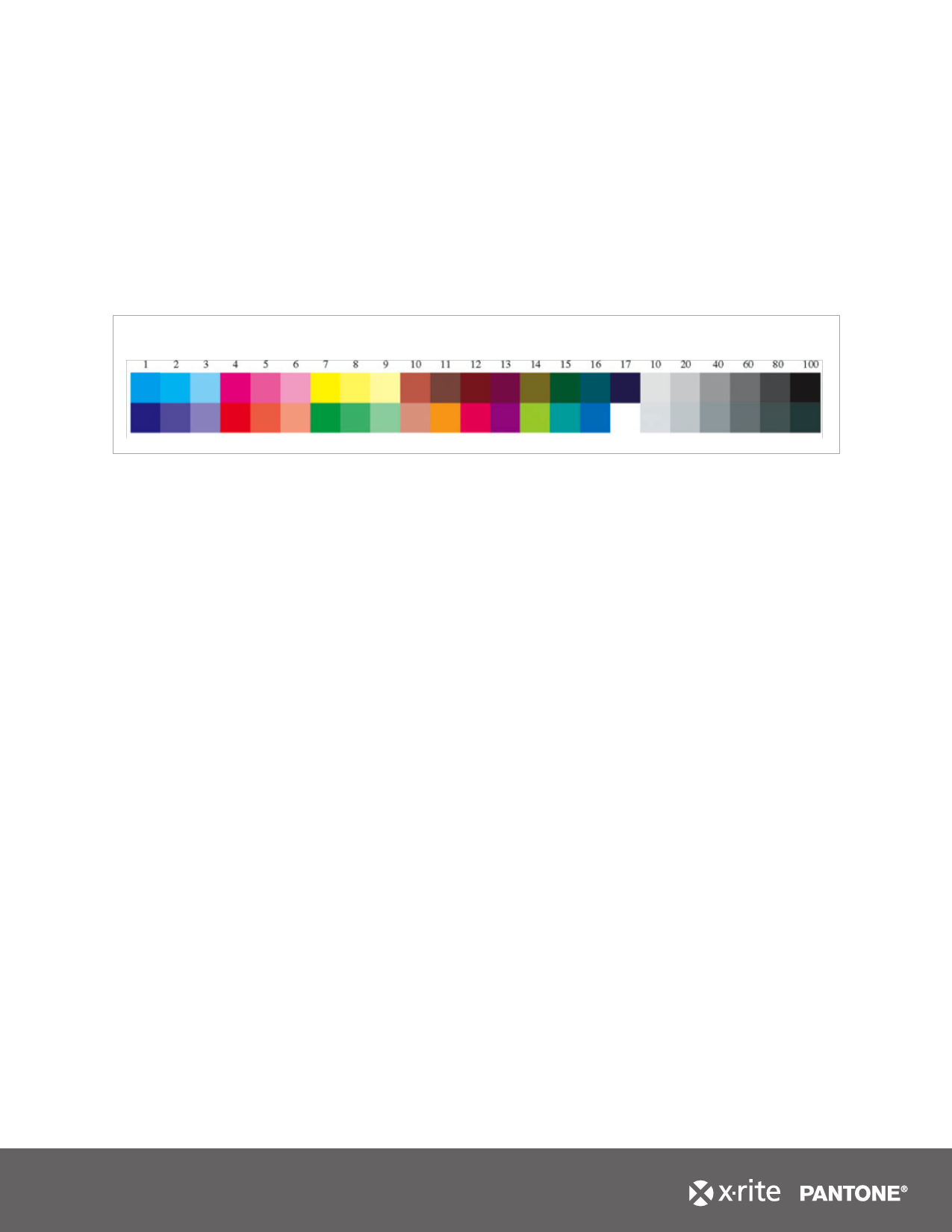
White Paper
X-Rite conducted a study designed to quantify the systematic differences between measurements obtained using instruments
from both former companies, and to ultimately arrive at the definition of a new corporate X-Rite standard for its graphic arts
instrumentation. We quantify the systematic differences under the term “inter-model” agreement, which is different from the
inter-instrument agreement that is typically specified for each product. Popular models from each company were chosen for the
study, and measurements were performed under typical working conditions on printed substrates.
Measurements were performed on a typical media wedge (fig. 2) in No-Filter mode, referred to as M0 in ISO-13655. This is the
most common filter setting used in graphic arts applications. The following instruments were used in this study: GretagMacbeth:
i1Pro, Spectrolino, SpectroEye; X-Rite: 530, 938, 939.
Figure 2: Media Wedge
Test samples:
Substrates:
• Altona Test Suite gloss-coated, matt-coated, gloss-coated LWC, uncoated white, uncoated slightly yellowish (equals ISO
paper types 1 to 5)
• Japan Color coated, uncoated, matt coated, art
• Digital Printing, High quality inkjet photo paper from Fuji
Colors:
• UGRA/FOGRA Media Wedge (46 patches)
Measurement procedures and conditions:
• All measurements were performed in accordance with ISO-13655 standards.
• All measurements were performed on the same black backing material.
• All tests were performed in an air-conditioned room with temperature monitoring and control (23°C +/- 1°C). Humidity was
controlled at 65%.
• The media wedge was measured with each instrument, at an interval of 4 seconds between the measurements in No-Filter
mode (M0).
Data analysis:
• Colorimetric calculations were executed for D50 illuminant and the 2° standard observer functions.
• The colorimetric differences between two instrument types on every single patch of the media wedge were calculated using
1976 CIEL*a*b (dE*ab) formulas.
• The mean and maximal 95% values of the colorimetric differences for all patches in an instrument-to-instrument
comparison were calculated.

